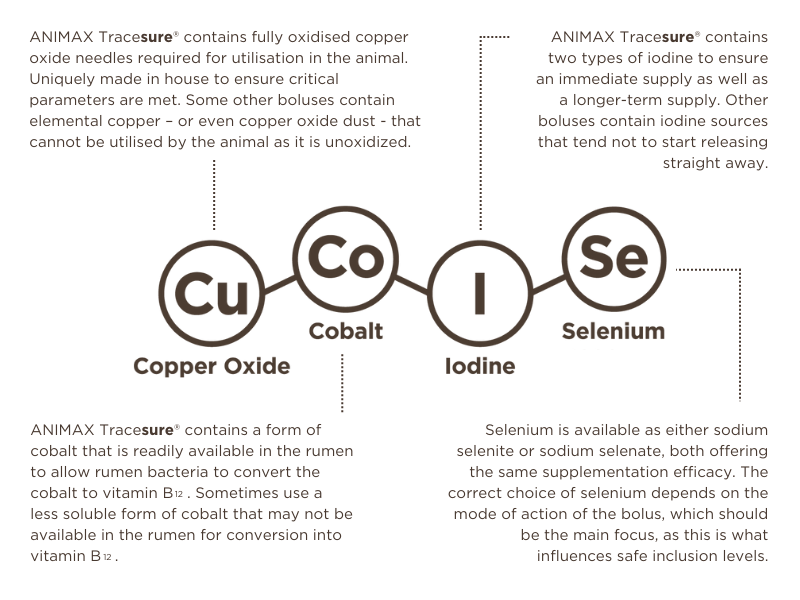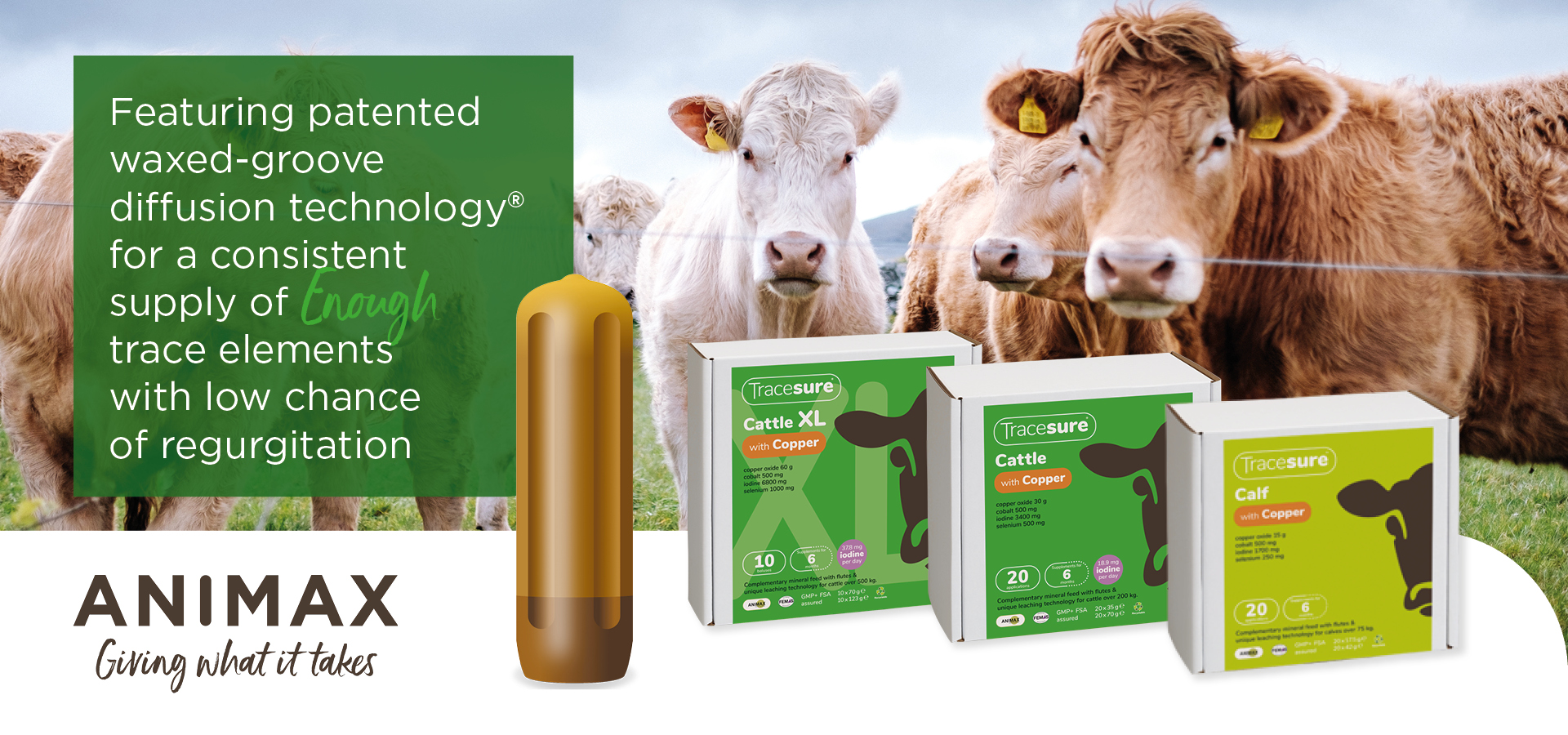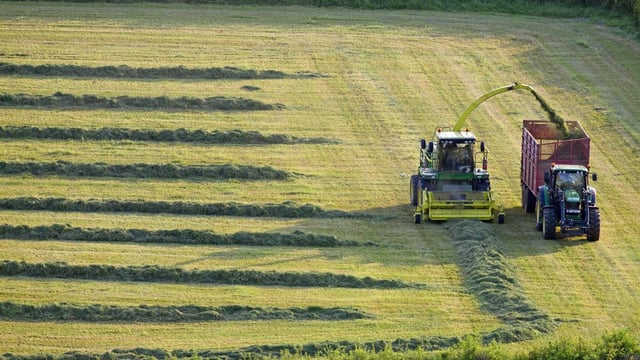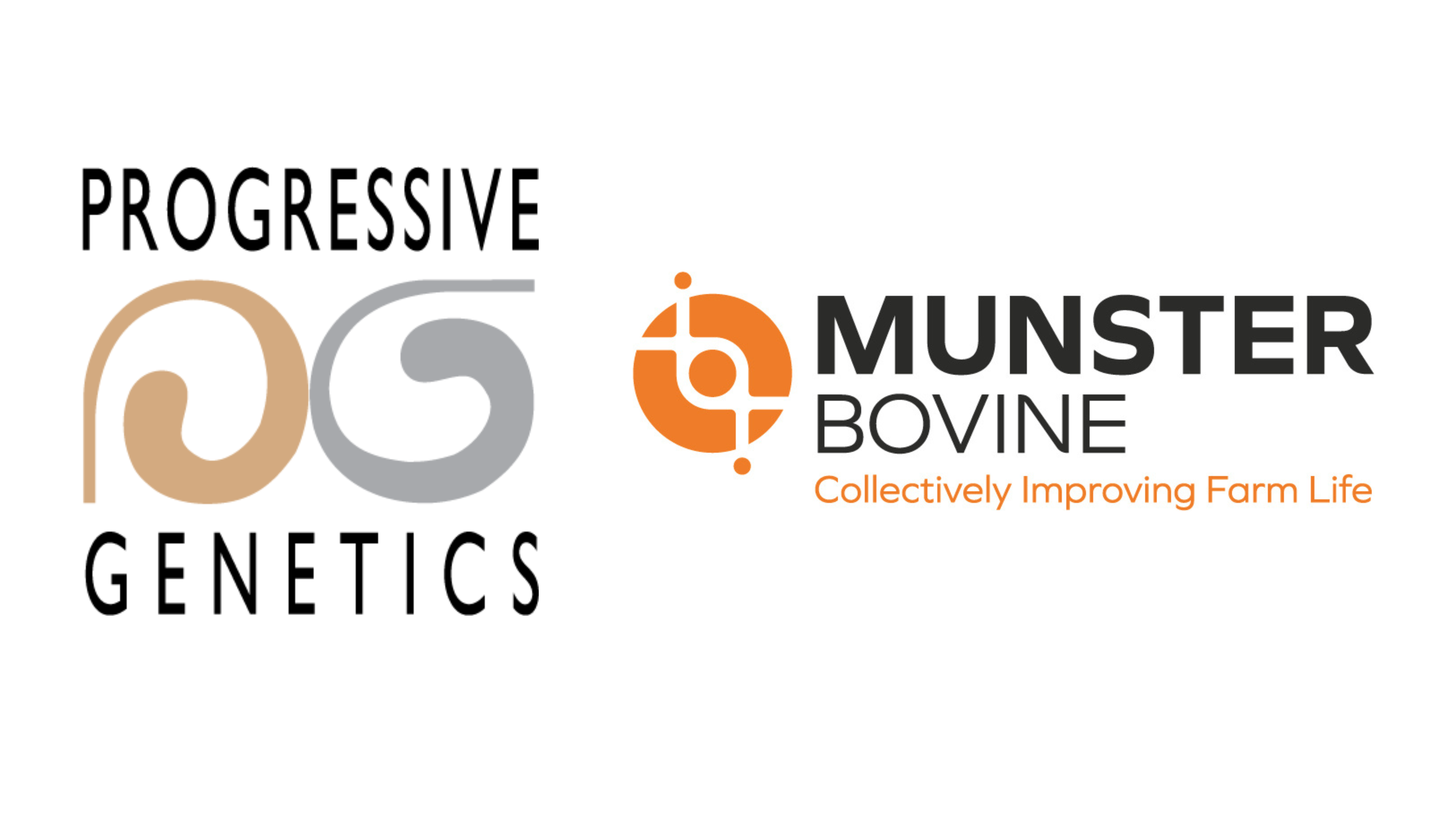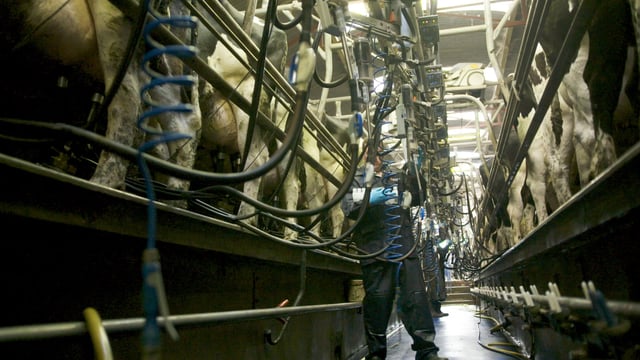Sponsored Article

Sponsored Article
How can you ensure a successful spring turnout?
Sponsored Article

Spring turnout is not a point in the calendar year to down tools and walk away. If we don’t carefully transition how we manage cows on grass, we risk digestion, reproduction, and growth underperformance.
To ‘bank’ high-value grass, cows require proactive nutrition balancing to reduce the risk of problems – clinical or subclinical - from occurring.
Grass protein and energy levels are at their highest in the spring. Whilst energy and protein are the most significant ingredients for cattle growth and healthy production, they need to be in balance with trace elements and vitamins.
Grass can be abundant in protein and energy but can be deficient in minerals. Effectively, if grass is growing rapidly, trace element levels are diluted.
Furthering this issue, is the fact that spring grass tends to get contaminated with soil, depending on the weather and poaching. Judging by the weather this year, this is going to be the case.
Typically, cattle commonly ingest soil at a rate up to 18% of their dry matter (DM) intake. However, this can go up to 30% when soil splash is high, according to the National Library of Medicine).
In theory, this can mean a greater intake of trace elements, however, often there are high levels of antagonists in the soil, which can interact with trace element availability.
One example is copper, which can be ‘bound’ by thiomolybdate complexes formed by the molybdenum as well as iron present in the soil and sulfur either in the soil or plant proteins.
Don’t supplement to correct a problem, supplement to stop the problem from occurring in the first place.
If trace element deficiencies are known, we must stay ahead of that deficiency to improve performance.
The challenge is, that it’s difficult to balance grass with supplements when cows already have a belly full of grass.
When cows go out, all they want to do is eat grass, and they have less interest in eating buffer or in-parlour feeds. It's the same as you eating salad all winter, and now you suddenly have a big bowl of sweets in front of you.
When shopping around for your bolus, it is important to look at the bolus mode of action, the bolus trace elements levels, and the bolus trace element types.
- Diffusion boluses allow rumen fluid to enter the bolus and displace the trace elements into the rumen. The diffusion gradient allows trace elements to be released over time, from the higher concentration in the bolus to the lower concentration in the rumen fluid. The bolus also maintains size and mass so has low risk of premature passing. All ANIMAX Tracesure boluses feature patented diffusion technology.
- Eroding boluses can break up into pieces over time, increasing the risk of regurgitation. The more the bolus breaks up, the quicker trace elements may be released due to increased exposure to rumen fluid.
- Dissolving boluses reduce in size overtime, and the smaller the bolus gets; the quicker trace elements may be released due to increased exposure to rumen fluid.
Giving four boluses to one animal is not recommended but would be required to match the levels in one ANIMAX Tracesure Cattle XL with copper bolus application.
When reading the label, it is important to consider any differences between the number of boluses and the number of applications. E.g., the box may state 10 boluses, but each cow requires a double dosage, which means only five applications in total.
Get in touch with your ANIMAX territory specialist for more info.
Sponsored Article





